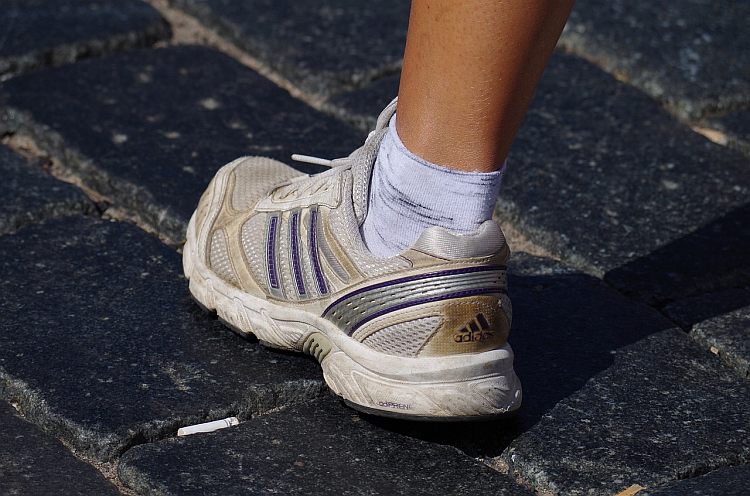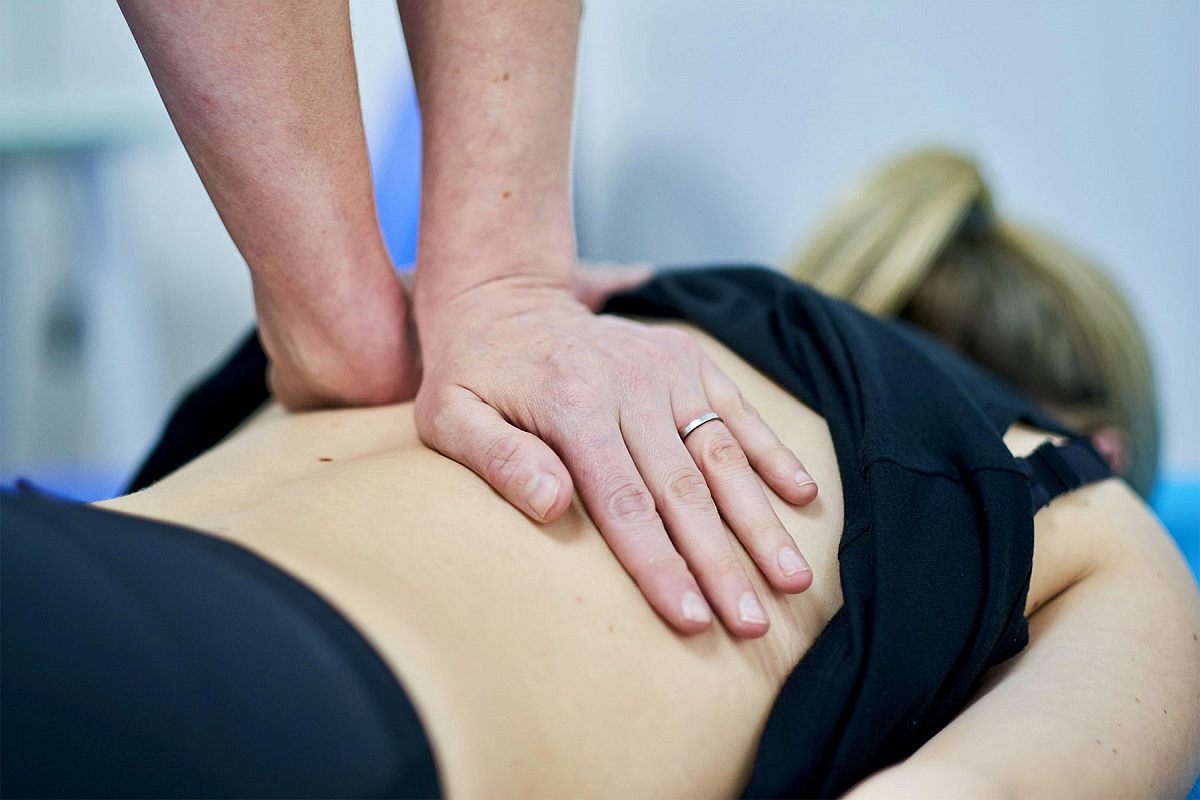Plantar fasciitis is the name given to the condition that results from inflammation of foot. It is caused by damage or inflammation to the ligament in the foot known as plantar fascia.

This ligament is made up of fibrous tissue and is responsible for absorbing the impact of running, jumping, standing and walking. Any kind of strain to this ligament results in this particular condition and it can be extremely painful as people suffering from it experience a sharp pain when they take their first steps each morning as well as while working throughout their day.
It is also important to mention here that this condition is very common for runners. Thankfully, one can get rid of this condition in a few months with the right treatment. However, care should be taken to prevent inflammation or swelling of the foot by taking the necessary precautions.
As far as the treatment is concerned, it is important to begin the treatment as quickly as possible. The longer you wait, the longer it will take for inflammation to go down and the healing to begin. Therefore, you should not take it lightly and start the treatment as soon as it is diagnosed by the doctor. The most important thing that you need to keep in mind when you are suffering from this condition is that there is no quick cure for this condition. The treatment takes some time and you should stick to the treatment if you want to get rid of this condition permanently.
If you start putting weight on your foot before it has healed completely, it is likely that this condition will resurface and you will have to experience a lot of pain. So, you should understand that the treatment will take some time if you want to get rid of it permanently. Also, the long-term approach to prevent this condition in the future should be strengthening of your feet through various exercises. If you do not work on making your feet stronger, chances are high that this condition with resurfaces in the future. So, the key to the permanent cure is to reduce the buildup of inflammation in your foot, breaking up the scar tissue and strengthening of the feet in the long term.
While there are several online resources that can help you discover various home remedies to get rid of this condition, it is important that you get it diagnosed by an experienced doctor and get proper treatment for this condition. More often than not, you will end up aggravating the condition if it isn’t properly diagnosed and proper treatment isn’t taken. So, instead of trying some at-home remedy, you should go to a doctor and ask for a treatment that is unique to you and is most likely to work for you. Here’s a list of some of the most common treatments that doctors usually prescribe for reducing inflammation and for easing your pain.
In some cases, doctors recommend anti-inflammatory drugs to reduce the pain and inflammation of the ligament. In many cases, multiple doses are prescribed a day for several weeks by the doctor in order to bring the inflammation down and to keep the pain in check. It is important for you to take the medication as prescribed by your doctor and to limit it to only the prescribed period. Do not continue taking the medication without checking with your doctor first as some of these medications are not supposed to be taken over a longer period of time.
If the pills do not work and the inflammation doesn’t go down, your doctor may also give you a steroid injection. It is important to keep in mind that this option is only used for people who do not respond to the prescribed anti-inflammatory drugs and keep experiencing severe pain. In this case, the steroid is injected directly into the most painful part of the ligament.
The steroid is designed to help ease the pain of the patient for around a month and it is known to keep the inflammation down for a longer period of time. In simple terms, it is a highly effective solution to keep the pain away and keep the inflammation down but it should only be used in severe cases where the pills do not work and other therapies do not provide any relief from pain.
Your doctor might also recommend going to a physical therapist in case the medications along with some rest does not bring down the inflammation. A physical therapist will prescribe exercises for stretching and strengthening the ligament and lower leg muscles. Many physical therapists use a variety of treatments including massage as well as contrast baths in order to provide long-term healing. In most of the cases, physical therapy provides enough relief for patients to discontinue their pills and other treatments.
In case the patient does not respond to even the physical therapy, there are other treatments available including the shockwave therapy, Tenex procedure or surgery. Needless to say, surgery is the last option and is only performed if an individual is suffering from severe pain and is unable to get relief from any of the other treatments. The shockwave therapy involves stimulating blood flow in the foot to heal the injured tissue at a faster pace.
Overall, these are some of the most common treatments used for curing this condition. You should keep in mind that rest is the key to get relief from this condition. Therefore, it is important that you do not put too much pressure on the ligament throughout the day.
In case you are required to spend a lot of time standing on your feet at work, it is better to spend as much time as possible sitting down. It is also recommended to apply an ice pack to your feet for a period of around 20 minutes as it helps in managing pain and it also promotes healing. To keep this condition at bay over the long term, it is important that you work on strengthening your feet with the help of various exercises.



Leave a Reply